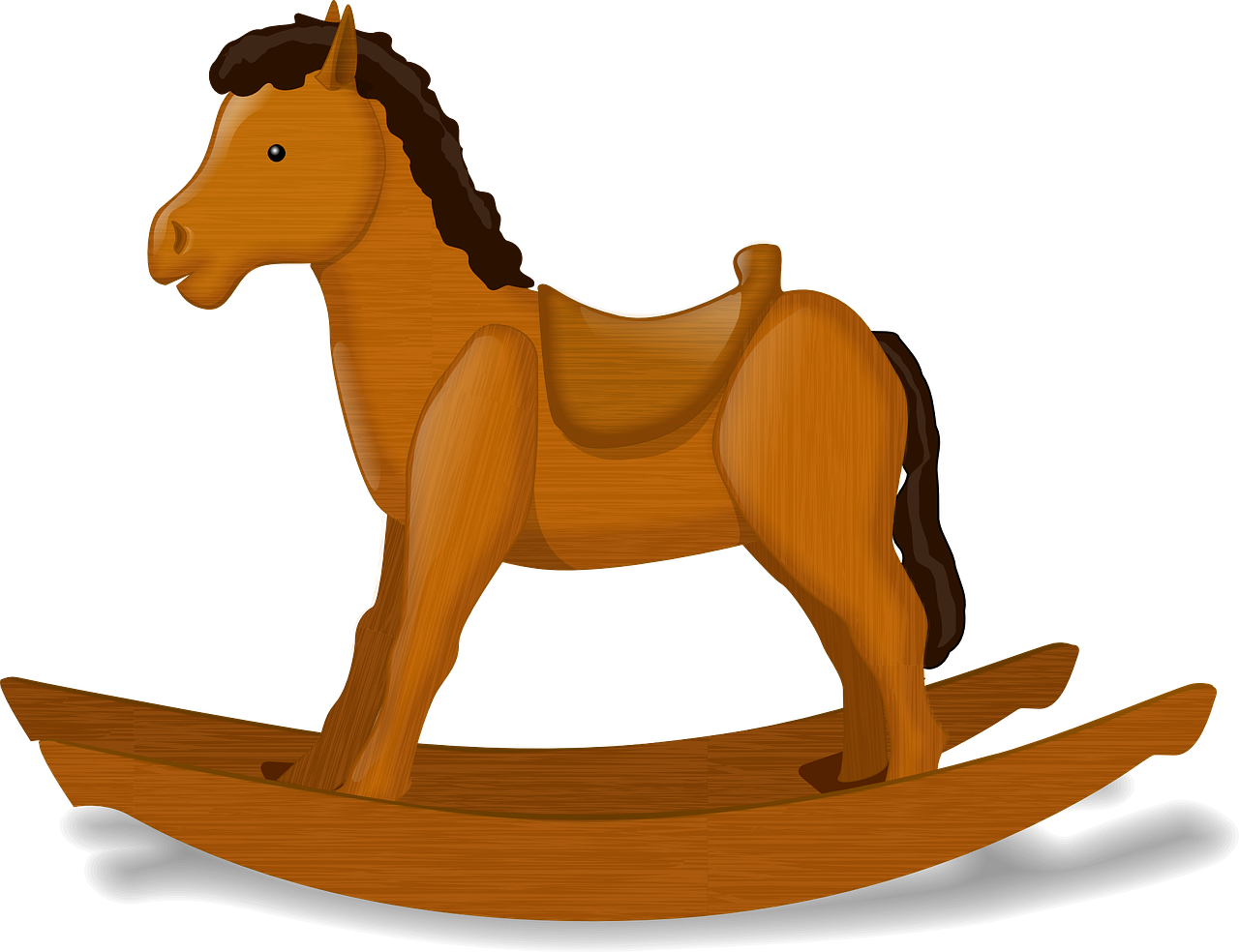Why do you see yellow triangles when you apply ranking rules
Problem
Are you trying to boost or bury a product with a yellow triangle, but you can't do it? The problem is that there's another rule that's already ranking the position of that product.

Solution
To fix the problem, you need to find the conflicting rule and change it. The conflicting rule is either a global rule or a rule that modifies multiple queries, including the query that you're trying to work with.
For example, let's say that my children's toy company sells a rocking horse. I created a rule last month to boost that toy for these queries:
- classic toys for toddlers
- rocking horses
- toy horses

Today, I try to create a rule to bury that toy for the query, toy horses. I can't do that until I change the rule I set last week.
To avoid this problem, we recommend that you plan your ranking rules and check for conflicts before creating and enabling rules, especially rules that affect multiple queries. Your Bloomreach Customer Success Manager (CSM) can advise you about best practices that are particularly appropriate for your site.
Tips
Plan your ranking rule before you create it
Before you start to create or modify a rule, gather all of the information that you need for the task and decide how you want the rule to work. There is no draft mode for working with boost and bury rules. Planning is especially important if you decide to create multiple-value rules.
Decide the scope of what you want the rule to modify. The rule can affect the following:
- Ranking results for a keyword search
- Ranking results for a category listing request
- Boosted items
- Buried items
If you want the rule to be triggered by users' keyword searches, then create a list of the keywords that you want to trigger the rule.
If you want the query to take effect for a category page that Commerce Search powers the product listing grid for, then make a list of the category IDs that you want the rule to modify.
Check for conflicts in your ranking rules
Make a plan before you add a rule. You need to consider your existing ranking rules and evaluate their potential conflicts. For example, Lucia already has the following boost rule:
Boost: strappy, sandals
She wants to add the following multiple-keyword bury rule:
Bury: summer, sandals, beach
There's a conflict between her new rule and her existing rule. To prevent the conflict without ignoring her rule, Commerce Search applies the summer part of the rule, and ignores the rest of it.
Before creating the new bury rule, Lucia needs to plan it. She needs to decide if she wants to bury or boost sandals. If she wants to continue to boost sandals, then she removes sandals from her mutliple-keyword rule, making it look like this:
Bury: summer, beach
But if she wants to switch sandals from boost to bury, then she needs to delete sandals from her existing strappy, sandals rule. After she deletes that element from her old rule, then her summer, sandals, beach rule works, while still boosting strappy in her old rule. Here are her rules now:
Boost: strappy
Bury: summer, sandals, beach
Yellow alert triangles
If you try to create a rule that affects a product that's already being ranked by another rule, then a yellow triangle appears next to the green or red locking symbol.
Updated 9 months ago
